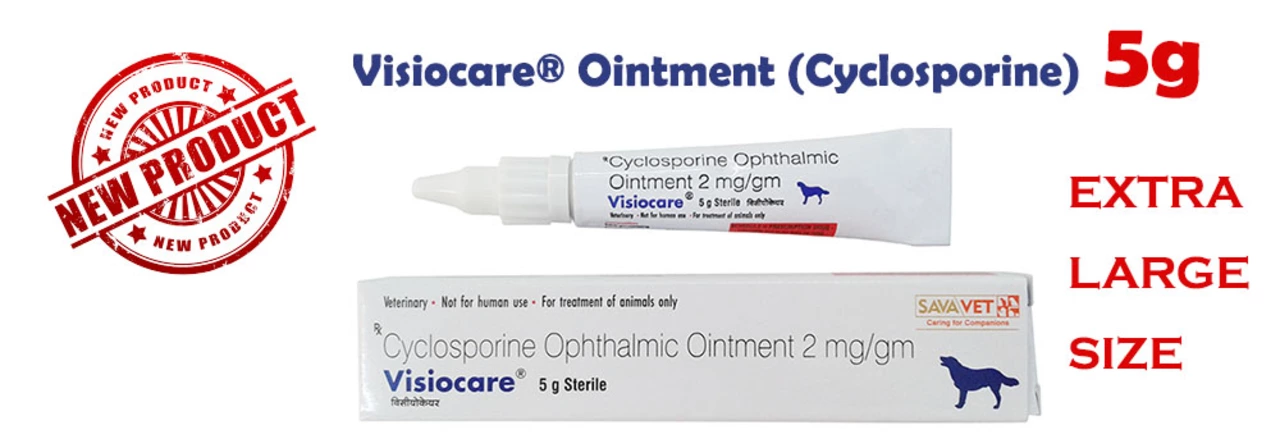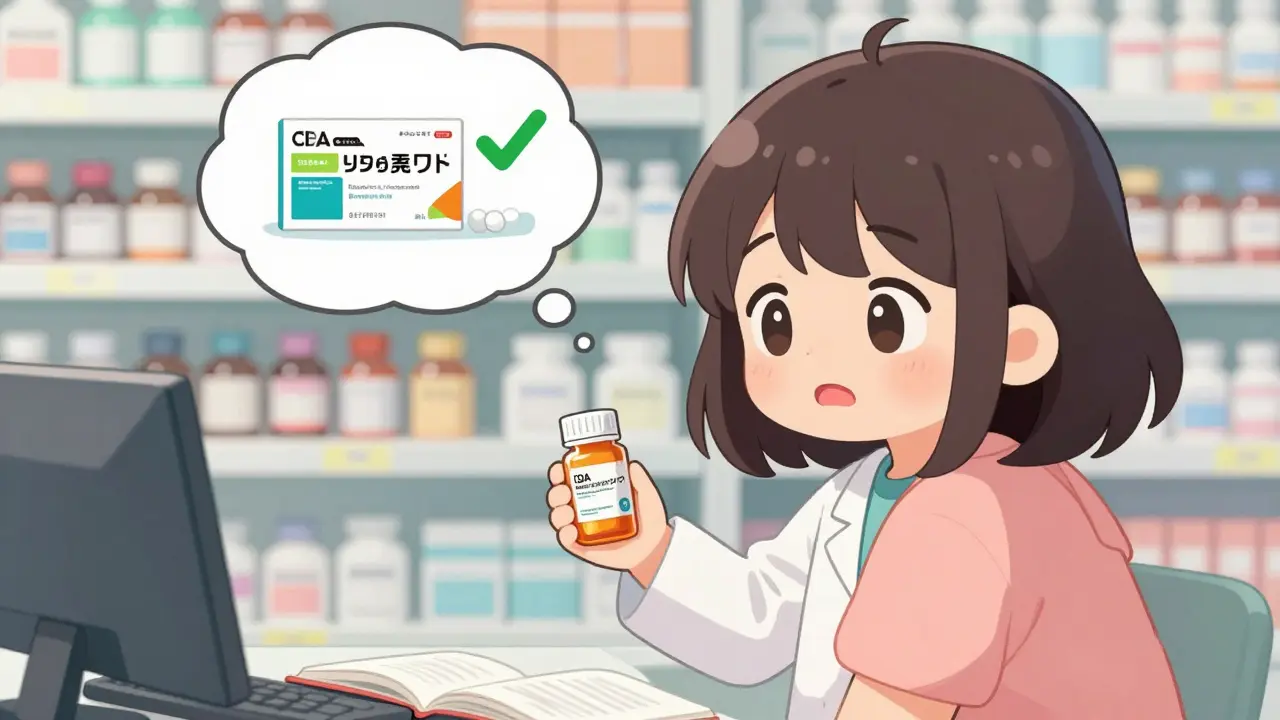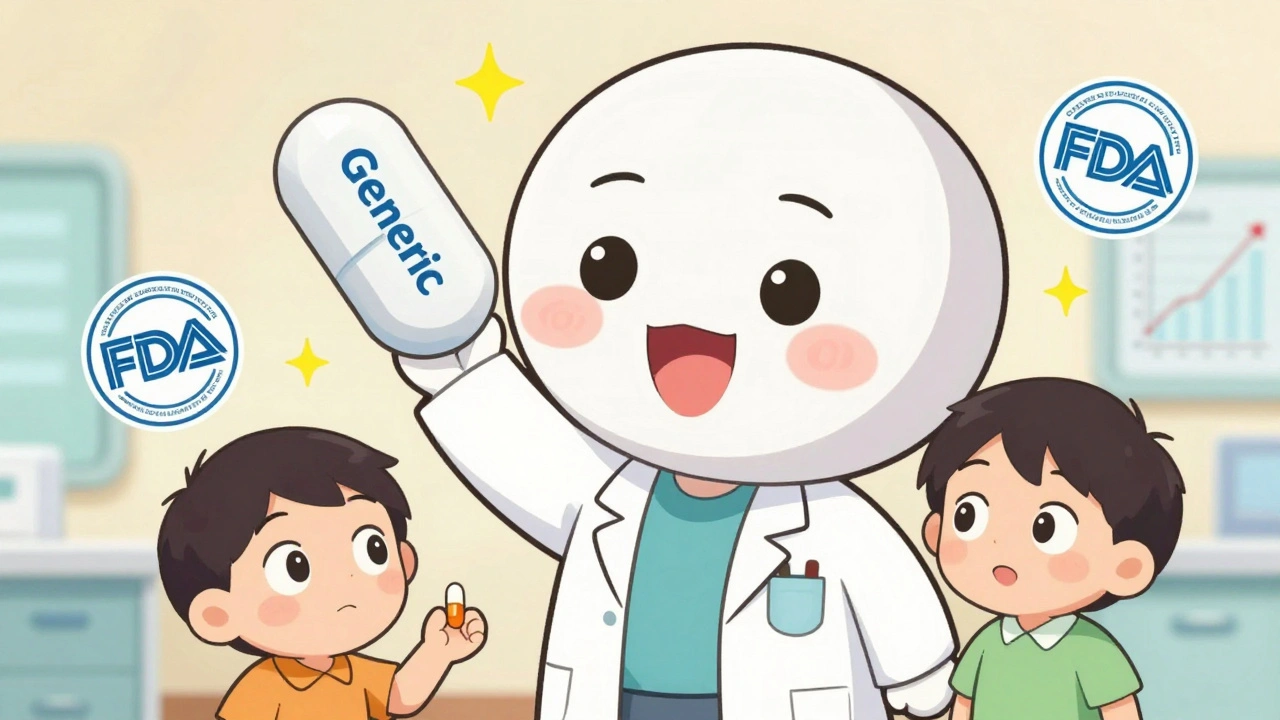Eye Infections – What They Are and How to Deal With Them
Got a red, itchy, or watery eye? Chances are you’re dealing with an eye infection. They’re more common than you think and most of them can be handled at home if you know the basics. In this guide we’ll walk through the main types, what to look for, quick relief tricks, and when a doctor’s visit is a must.
What’s happening when your eye gets infected?
An infection means germs—usually bacteria or viruses—have found a way into the surface of your eye or the tissue around it. The most frequent culprit is conjunctivitis, often called “pink eye.” It shows up as a pink or red ring around the white of the eye, plus a sticky discharge that can crust over overnight.
Other common eye infections include blepharitis (inflammation of the eyelid margin), stye (a painful lump on the lid), and keratitis (infection of the cornea). While the exact cause varies, the signs overlap: redness, swelling, tearing, itching, and sometimes a gritty feeling.
Things that raise your risk are touching your eyes with dirty hands, using old makeup, swimming in untreated water, or wearing contact lenses for too long. If you’ve been around someone with pink eye, you’re also more likely to catch it.
Quick ways to ease symptoms and when to get help
First, wash your hands thoroughly before and after touching your eyes. This alone can stop the spread and speed up recovery. Then, apply a clean, warm compress to the closed eye for 5‑10 minutes a few times a day. The warmth loosens any crust and soothes irritation.
If the discharge is thick or you wear contacts, switch to glasses until the eye clears up. Over‑the‑counter artificial tears can keep the eye moist and flush out irritants. Avoid rubbing—rubbing can damage the delicate surface and push germs deeper.For bacterial conjunctivitis, doctors usually prescribe antibiotic eye drops or ointments. You don’t need a prescription for viral pink eye; it typically clears up in a week or two on its own, though cool compresses help a lot.
Seek medical help right away if you notice any of these red flags: sudden vision loss, intense pain, light sensitivity, a white spot on the cornea, or if symptoms worsen after 48‑72 hours despite home care. Those signs could mean a more serious infection like keratitis, which requires prompt treatment.
Prevention is simple: keep lenses clean, replace eye makeup every three months, avoid sharing towels, and always wash your hands before handling contact lenses. If you’re prone to styes, keep your eyelid edges clean with a mild baby shampoo diluted in water.
In most cases, an eye infection isn’t a big deal—just a nuisance that clears up with good hygiene and a bit of care. But don’t ignore it; a quick response can keep you comfortable and protect your vision.





